Tabla Had Its Electronic Version – Kuljit Bhamra

Tell us something about your musical journey. How did you get initiated into music?
My mother Mohinder Kaur Bhamra is a well-known Punjabi folk singer. When we first arrived in the UK in 1961, she was requested to sing Shabads in the London Gurdwara. I was only two years old. In those days, there were hardly any tabla players in the community available to accompany her. My father tried to learn, but he couldn’t get the knack of it! I remember watching him struggling to play and found that I could play simple rhythms intuitively and without any lessons. I had a natural ability to play.
 My interest in tabla playing started at that age. When I was 9 years old, we had moved to Southall and Tarsem Singh Purewal (the editor of Des Pardes newspaper) requested my mother to conduct his religious wedding ceremony (Lanwas) and then sing some songs later at the reception party. In those days, there was no such thing as a dance floor at weddings – I know, this is hard to believe! Purewal’s wedding was attended by many high-profile dignitaries and community figures, and as a result, the demand for our family grew exponentially over the coming years. Mum had recorded an album at HMV studios in Delhi, and when I was 17 years old, I persuaded her to record in the UK with myself as a composer. I played many instruments on the album and her song “Giddha Pao Haan deo” became a huge hit. We recorded more albums and I began to compose and produce albums for other Punjabi bands. UK Bhangra music became defined and many artists from India came to record with me: Gurdas Maan, Mahendra Kapoor, Hans Raj Hans, and many more.
My interest in tabla playing started at that age. When I was 9 years old, we had moved to Southall and Tarsem Singh Purewal (the editor of Des Pardes newspaper) requested my mother to conduct his religious wedding ceremony (Lanwas) and then sing some songs later at the reception party. In those days, there was no such thing as a dance floor at weddings – I know, this is hard to believe! Purewal’s wedding was attended by many high-profile dignitaries and community figures, and as a result, the demand for our family grew exponentially over the coming years. Mum had recorded an album at HMV studios in Delhi, and when I was 17 years old, I persuaded her to record in the UK with myself as a composer. I played many instruments on the album and her song “Giddha Pao Haan deo” became a huge hit. We recorded more albums and I began to compose and produce albums for other Punjabi bands. UK Bhangra music became defined and many artists from India came to record with me: Gurdas Maan, Mahendra Kapoor, Hans Raj Hans, and many more.
I continued playing tabla with artists visiting from India and Pakistan including Rais Khan, Jagjit Singh, Maqbool Sabri, Govind Prasad Jaipur Wala, Talit Aziz, and many others more. I set up my recording studio in 1989 called Red Fort (named after the Delhi Fort) and many artists came to record theirs including Pandit Jasraj, Anu malik, Nadeem Shravan, Nusrat Fateh Ali Khan, Sultan Khan, Abdul Tari, Anup Jalota, Zakkir Hussein Today.
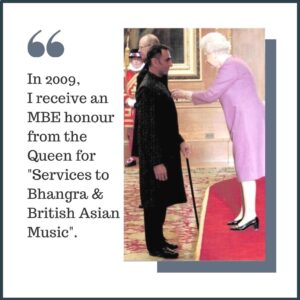 In 2009, I was shocked and surprised to receive an MBE honour from the Queen or ‘Services to Bhangra & British Asian Music’. This gave me a strong sense of purpose, and I became more passionate about making Indian music more accessible and understandable to other cultures. I still have my studio and its now part of my house!
In 2009, I was shocked and surprised to receive an MBE honour from the Queen or ‘Services to Bhangra & British Asian Music’. This gave me a strong sense of purpose, and I became more passionate about making Indian music more accessible and understandable to other cultures. I still have my studio and its now part of my house!
What inspired you to create Electronic Tabla, can you talk about the idea and need behind it?
In 2002 I was asked to be in a west end theatre show called Bombay Dreams. It was produced by Andrew Lloyd Webber, music by A R Rahman, and choreography by Farah Khan. The main orchestra was located in the ‘pit’ under the stage but I was on stage throughout the whole performance. The show ran for two years. During rehearsals, I realized that each song was on a different scale, and there was no time to tune or change tablas quickly enough before the next song started.
That was when I began fantasising about creating an electronic tabla. I also wanted to create a Tabla Score system that my deputies (or any other western musician) could read and play whenever I was on leave from the show. I have also managed to accomplish this and my company Keda Music has published Read & Play Tabla books to help people learn tabla basics at home on their own.
Being an eminent Tabla Player, how much are you happy and satisfied with the Sound?
The sounds in Tabla Touch are sampled from real acoustic tablas, so if you close your eyes, it’s hard to know the difference between the two. I have a collection of about 80 tablas, and I tuned them to different pitches and sampled them one by one in high-quality audio at my studio. Tabla Touch contains four sets of tabla – a low-pitch set like Pakhawaj, a Medium pitch range, and a normal pitch range. There is also a high-pitched Pakistani set and two Dholak sets included in the sound banks.
How do you think the Indian market and audience are going to react to this modification?
My informal YouTube video hit 2 million views within two weeks, so there has been a huge reaction. More exciting for me are the discussions that are taking place in the comments section of the video. These sorts of discussions and comments cannot take place in the traditional setting. We are not encouraged to question our Guru Ji, but only to do as he says!
Mostly, people are very excited by electronic tabla and see the benefits of immediate tuning, MIDI connectivity, and stand mounting. Some people are also pleased that it is a non-animal-skin product and that it is lightweight (approx. 3Kg). An acoustic tabla is about 8 Kg and if you carry a spare tabla, that adds another 4 Kg. While travelling around the world on concert tours, I notice how everybody knows guitar, piano, djembe – but very few people know about tabla outside India. Those who do know about it, immediately say “Oh, it’s a very difficult instrument!”. Somehow, we have promoted this myth to the world. Nobody says the same thing about Guitar or Piano or Church Organ.
 Tabla is a beautiful-sounding simple drum, and it can be enjoyed by anybody. I feel that we should be proud to promote this beautiful drum to the rest of the world and allow everybody to enjoy playing it in their styles of music, but I feel that we have made it inaccessible. The insistence on the Guru-Disciple learning system (parampara) as the only correct way of learning also keeps other cultures away. Self-taught musicians such as myself are sometimes scorned by the ‘traditional establishment’ even though I am probably one of the busiest professional tabla players around! I have supported my family and my lifestyle by promoting Tabla to people from other cultures in a way that they can also feel that they can play it. After every one of my concerts, I always request people from the audience to come on stage and have a play of my tabla. How many other players do this?
Tabla is a beautiful-sounding simple drum, and it can be enjoyed by anybody. I feel that we should be proud to promote this beautiful drum to the rest of the world and allow everybody to enjoy playing it in their styles of music, but I feel that we have made it inaccessible. The insistence on the Guru-Disciple learning system (parampara) as the only correct way of learning also keeps other cultures away. Self-taught musicians such as myself are sometimes scorned by the ‘traditional establishment’ even though I am probably one of the busiest professional tabla players around! I have supported my family and my lifestyle by promoting Tabla to people from other cultures in a way that they can also feel that they can play it. After every one of my concerts, I always request people from the audience to come on stage and have a play of my tabla. How many other players do this?
The electronic tabla is not designed to replace the acoustic tabla, but to popularise tabla-playing even more! I want to create new possibilities of performance for current players – and also make Indian drumming accessible to all other cultures. I have found that people are not scared of Tabla Touch as they are of the acoustic drum!
Of course, the gatekeepers of tradition will probably not like the electronic tabla and might see it as a threat. However, Tabla Touch is not designed for classical recitals – this can only be played on acoustic tabla and I would strongly assert that. However, the fact that some people see it as a threat flatters me – it means I’ve done a good job!
On the whole, I find that musicians in India are more open to innovation than musicians in the UK. Many of us British Indians are more protective of our Indian traditions than our Indians counterparts! I find this amusing.
On a philosophical note, I would like to say that Tradition and Innovation go hand in hand – one cannot live without the other. If you look back at history, you will find that innovation has always been the ‘railway track’ that has paved the way for traditional ‘train’ to exist. Some people say ‘old is gold’, but don’t forget – ‘old’ was once ‘new’!
Legendary Musicians you Follow?
Prince, George Benson, Adele, Birju Maharaj, Abdul Sattar Tari, Zakir Hussein, Stevie Wonder, Naushad, Satyajit Ray.

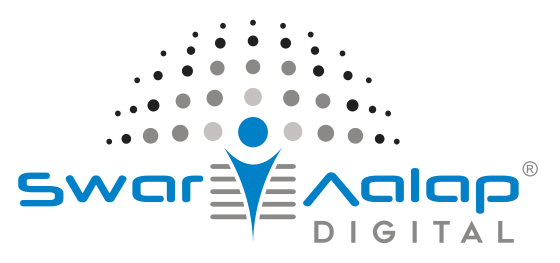
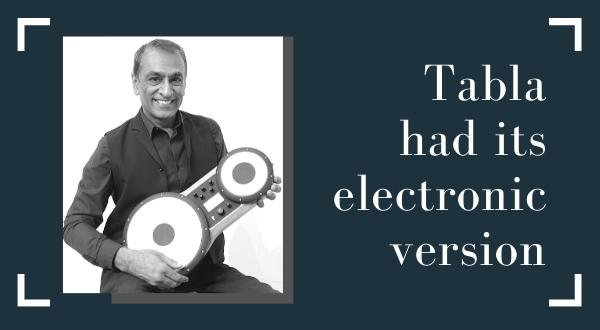
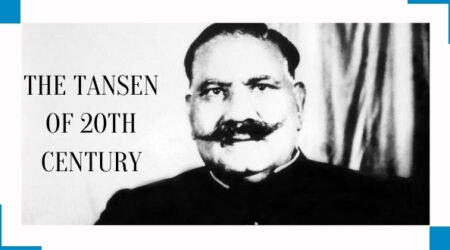
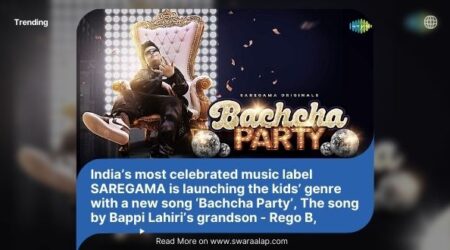
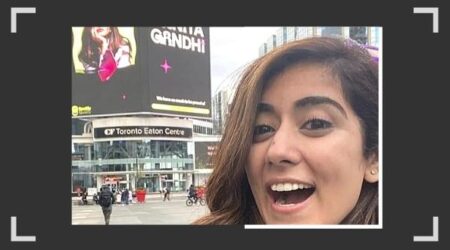





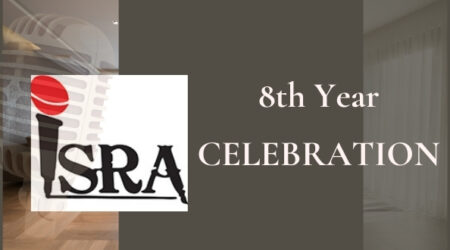
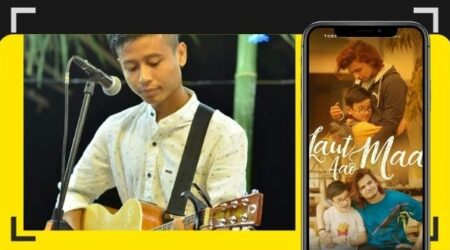

Leave a Reply